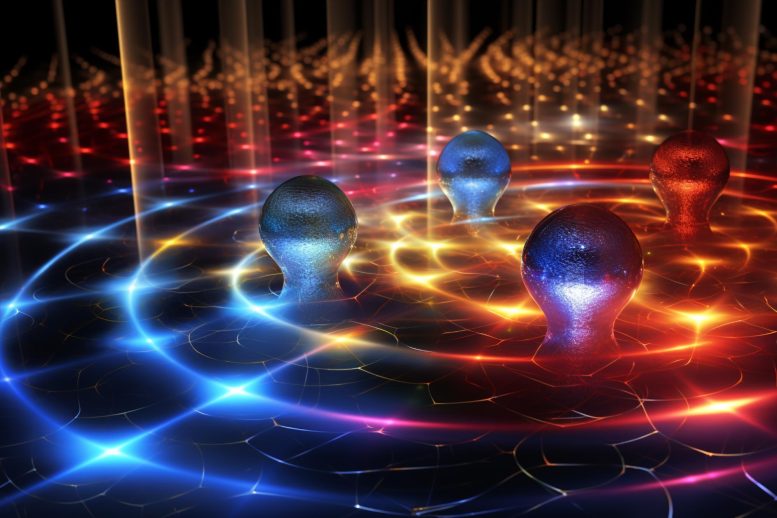
Lee McCuller, a physics professor and quantum squeezing expert, is developing innovative techniques to enhance the sensitivity of LIGO, the world’s most advanced gravitational wave detector. His future ambition is to broaden the application of these techniques beyond LIGO.
New Caltech professor Lee McCuller is making quantum measurements even more precise.
From a young age, new Assistant Professor of Physics, Lee McCuller, enjoyed the hands-on process of building things. This interest was fostered by his uncle, who created a power supply for him. McCuller used this in conjunction with electronic hobby kits from RadioShack, performing simple tasks such as operating analog circuits to switch lights and motors on and off. Today, McCuller’s engineering prowess is applied to an exceptionally advanced device, what some would call the most advanced measurement device in the world: the Laser Interferometer Gravitational-wave Observatory, or LIGO.
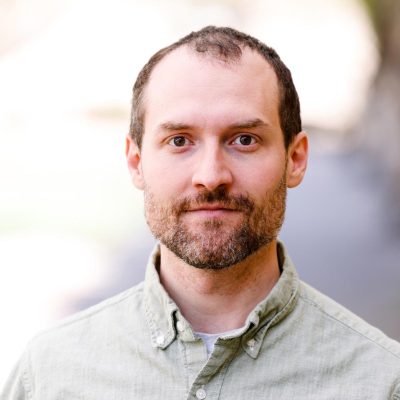
Lee McCuller, assistant professor of physics. Credit: Caltech
McCuller is a recognized expert in a field known as quantum squeezing, a technique utilized at LIGO to achieve extremely precise measurements of gravitational waves. that travel millions and billions of light-years across space to reach us. When black holes and collapsed stars, called neutron stars, collide, they generate ripples in space-time, or gravitational waves. LIGO’s detectors—located in Washington and Louisiana—specialize in picking up these waves but are limited by quantum noise, an inherent property of quantum mechanics that results in photons popping in and out of existence in empty space. Quantum squeezing is a complex method for reducing this unwanted noise.
Research into quantum squeezing and related measurements ramped up as far back as the 1980s, with key theorical studies by Caltech’s Kip Thorne (BS ’62), Richard P. Feynman Professor of Theoretical Physics, Emeritus, along with physicist Carl Caves (PhD ’79) and others worldwide. Those theories inspired the first experimental demonstration of squeezing in 1986 by Jeff Kimble, the William L. Valentine Professor of Physics, Emeritus. The next decades saw many other advances in squeezing research, and now McCuller is at the leading edge of this innovative field. For example, he has been busy developing “frequency-dependent” squeezing that will greatly enhance LIGO’s sensitivity when it turns back on in May of this year.
After earning his bachelor’s degree from the University of Texas at Austin in 2010, McCuller attended the University of Chicago, where he earned his PhD in physics in 2015. There he began work on an experiment called the Fermilab Holometer, which looked for a speculative type of noise that would link gravity with quantum mechanics. It was during this project that McCuller met LIGO scientists, including MIT’s Rai Weiss—who together with Thorne and Barry Barish, the Ronald and Maxine Linde Professor of Physics, Emeritus, won the Nobel Prize in Physics in 2017 for their groundbreaking work on LIGO. McCuller was inspired by Weiss and the LIGO project and decided to join MIT in 2016. He became an assistant professor at Caltech in 2022.
In the future, McCuller hopes to take the quantum measurement tools he has developed for LIGO and apply them to other problems. “If LIGO is the most precise ruler in the world, then we want to make those rulers available to everyone,” he says.
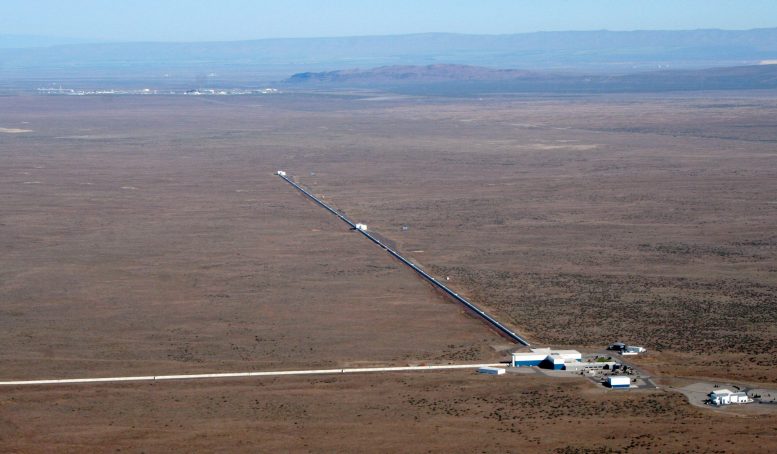
LIGO Hanford Laboratory. Credit: LIGO Laboratory
Caltech News met with McCuller over Zoom to learn more about quantum squeezing and its future applications to other fields as well as what inspired McCuller to join Caltech.
When did you first start working on LIGO?
After I graduated from the University of Chicago in 2015, I went to work on LIGO at MIT. When I walked in the door, they were having a meeting about the first detection of gravitational waves! The public didn’t know yet, but there had been rumors. It was exciting to learn the rumors were true, and it was nice to see everyone overjoyed that things were working.
There was a local experiment taking place at that time on using squeezed light in the frequency-dependent manner that will start up at LIGO later this year. My job was to help build the first full-scale demonstration of this. The group, before me, had previously demonstrated the concept but not at the full scale. I was there was to show exactly what would be needed to employ it in the LIGO observatories. This required a particularly challenging experimental setup.
Can you attempt to explain what quantum squeezing is?
At each of the observatory locations, LIGO uses laser beams to measure disturbances in space-time—the gravitational waves. The laser beams are shot out at 90-degrees from each other and travel down two 4-kilometer-long arms. They reflect off mirrors and travel back down the arms to meet back up. If a gravitational wave passes through space, it will stretch and squeeze LIGO arms such that the lasers will be pushed out of sync; when they meet back up, the combined laser will create an interference pattern.
At the quantum level, there are photons in the laser light that hit the mirrors at different times. We call this shot noise, or quantum noise. Imagine dumping out a can full of BBs. They all hit the ground and click and clack independently. The BBs are randomly hitting the ground, and that creates a noise. The photons are like the BBs and hit LIGO’s mirrors at irregular times. Quantum squeezing, in essence, makes the photons arrive more regularly as if the photons are holding hands rather than traveling independently. And this means that you can more precisely measure the phase or frequency of the light inside LIGO—and ultimately detect even fainter gravitational waves.
To squeeze light, we are basically pushing the uncertainty inherent in light waves from one feature to another. We are making the light more certain in its phase, or frequency, and less certain in its amplitude, or power [the uncertainty principle says that both the exact frequency and amplitude of a light wave cannot be known at the same time]. To really explain the details of how squeezing actually works is very hard! I primarily know how to use math to describe it.
Can you explain more about how the quantum squeezing technology works at LIGO?
An interesting thing about squeezed light is that we aren’t doing anything to the actual laser. We don’t even touch it. When we operate LIGO, we offset the arms so that its wave interference is not perfectly dark—a small amount of light gets through. The little bit of light that remains has an electrical field that interferes with quantum fluctuations in the vacuum, or empty space, and this leads to the shot noise or the photons acting like BBs as we talked about earlier. When we squeeze light, we are actually squeezing the vacuum so that the photons have lower uncertainty in their frequency.
What does the new “frequency-dependent” technique you are working on entail?
Up until now, we have been squeezing light in LIGO to reduce uncertainty in the frequency. This allows us to be more sensitive to the high-frequency gravitational waves within LIGO’s range. But if we want to detect lower frequencies—which occur earlier in, say, a black hole merger, before the bodies collide—we need to do the opposite: we want to make the light’s amplitude, or power, more certain and the frequency less certain. At the lower frequencies, the shot noise, our BB-like photons, push the mirrors around in different ways. We want to reduce that. Our new frequency-dependent cavity at the LIGO detectors is designed to reduce the frequency uncertainty in the high frequencies and the amplitude uncertainties in the low frequencies. The goal is to win everywhere and reduce the unwanted mirror motions.
Part of the reason this technology is more important in the next run is because we are turning up the power on our lasers. With more power, you get more pressure on the mirrors. Our new squeezing technology will allow us to turn the power up without creating the unwanted mirror motions.
What this means is that we will be even more sensitive to the early phases of black hole and neutron star mergers, and that we can see even fainter mergers.
What other projects are you working on?
One project I’m working on involves Kathryn Zurek and Rana Adhikari. We are building a tabletop-size detector that will attempt to pick up signatures of quantum gravity, or pixels in space and time as some people say. The idea there is to make interferometers more like high-energy-physics detectors. The detectors would click when something passes through it, largely circumventing the impacts of shot noise. I love the motivation of the project—quantum gravity, which is the quest to merge theories of gravity with quantum physics. It is a very lofty goal.
In general, what I hope to do is grow from the LIGO work and apply quantum measurement techniques to not only enhance the gravitational wave detectors but also to see where other fundamental physics experiments or technologies can be improved. I want to use quantum optics not necessarily for computation or for information but for measurement. Squeezing light is one of the first demonstrations of these concepts in a real experiment. The hope is that we can keep using these quantum techniques in more and more experiments. We want to take the advantages of LIGO and find all the places where we can apply them.
What made you choose Caltech?
Caltech has a lot of mission-oriented scientists. It’s not just about learning or demonstrating or exploring—it’s the mix of all these things. I like a place where the goal is to integrate technologies and do new experiments. Take LIGO for instance. Few people know how the whole thing works and many of them are here. Caltech is a place where people understand that what we are doing is hard. Good projects require both narrow and broad expertise, and a combination of the right people. The students are similarly motivated by both the science goals and the process. We are not just trying to build something that reliably works, we are also trying to build something that’s at the edge of what is possible.

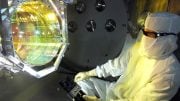
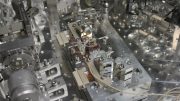
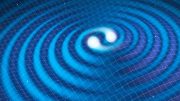

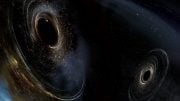
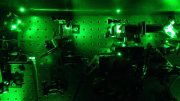
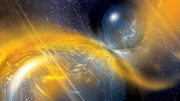

How to use math to describe light. According to the topological vortex gravitational field theory, the formation and propagation of light are inseparable from the interaction between topological vortex gravitational fields. When studying light, one must consider not only the inherent factors of light, but also environmental factors.
If you are interested, you can browse https://zhuanlan.zhihu.com/p/569722770.
Great minds.